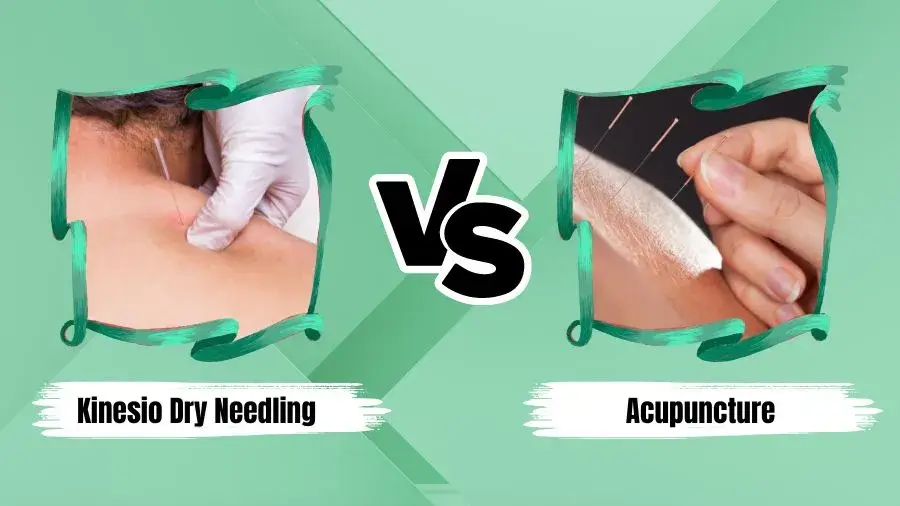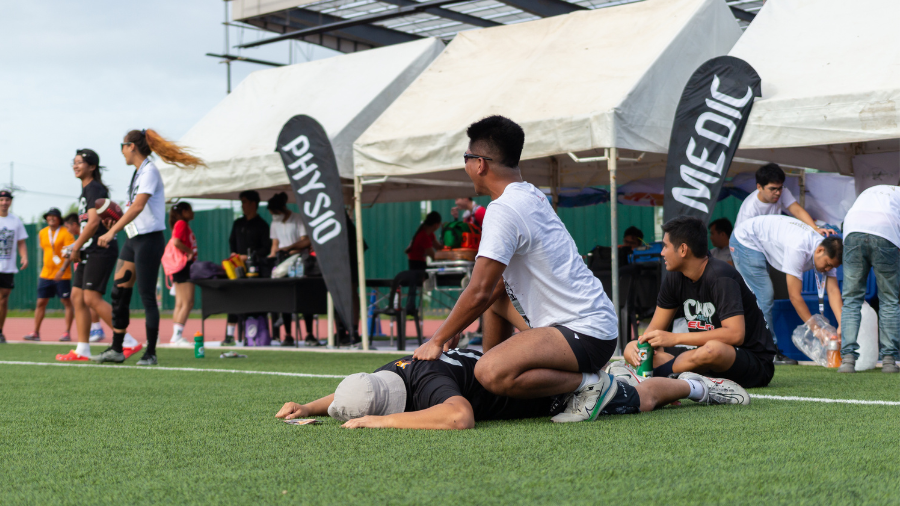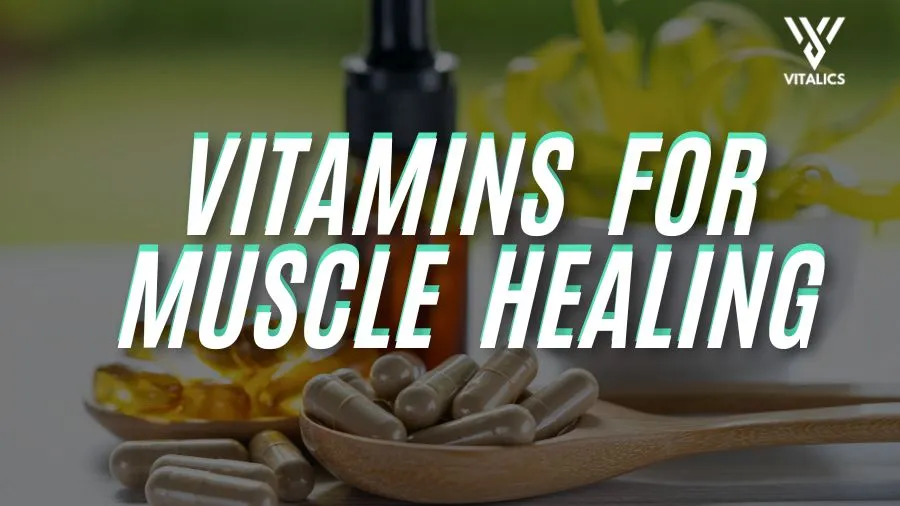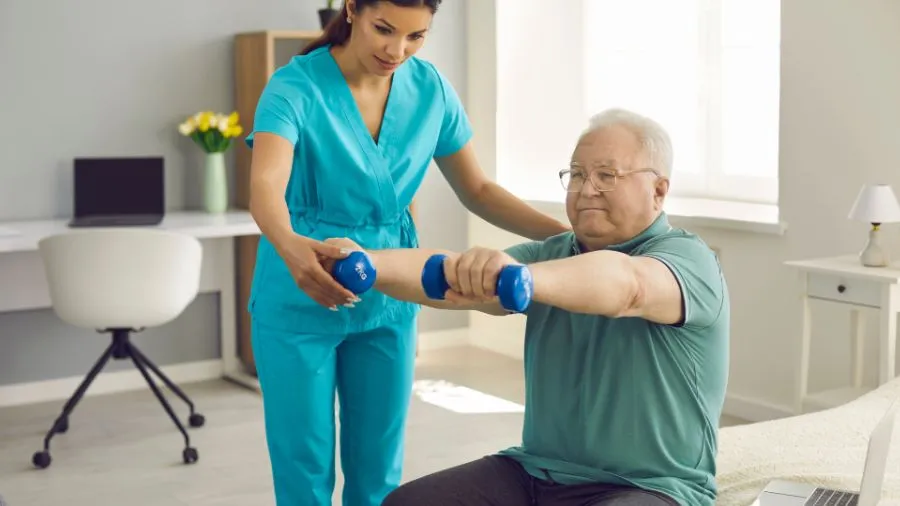Kinesio Dry Needling VS Acupuncture: Unraveling the Mystery of Muscle Aches
Stuck in a pain management maze? Battling chronic muscle tension or nagging sports injuries? You’re not alone. Millions worldwide grapple with these issues, and the quest for relief often leads to two intriguing options: Kinesio Dry Needling and acupuncture. But which one reigns supreme in the battlefield against muscle woes?
Kinesio Dry Needling: A Modern Warrior Against Muscle Tension
Kinesio Dry Needling (KDN) is a Western-born technique rapidly gaining traction. It utilizes thin, solid needles, similar to acupuncture needles, but with a crucial difference: no electrical stimulation or fluid injection. KDN therapists target trigger points, those pesky knots in your muscles that scream “ouch” with every touch. By inserting the needles into these trigger points, KDN aims to stimulate muscle twitch response, improving blood flow, reducing inflammation, and ultimately melting away pain.
Acupuncture: An Ancient Master of Energy Flow
Acupuncture, hailing from the wisdom of Traditional Chinese Medicine, takes a different approach. It views the body as a network of energy channels (meridians) that, when imbalanced, manifest as pain and dysfunction. Acupuncture needles are inserted at specific points along these meridians to restore balance and promote healing. While the mechanisms of action remain debated in Western science, acupuncture boasts a long history of treating various pain conditions, including muscle-related ones.
Head-to-Head: The Battle for Pain Relief
So, which warrior emerges victorious? The answer, like most things in life, is: it depends. Both Kinesio Dry Needling and acupuncture have their strengths and limitations. Here’s a breakdown:
Kinesio Dry Needling:
- Strengths:
- Targeted approach: Focuses directly on trigger points for precise pain relief.
- Faster onset: Relief often occurs within minutes or hours of treatment.
- Fewer needles used: Typically requires fewer needles than acupuncture.
- Limited side effects: Generally well-tolerated with minimal side effects.
- Limitations:
- Newer technique: Less research compared to acupuncture.
- Painful for some: Needle insertion can be uncomfortable for sensitive individuals.
- Limited scope: Primarily addresses muscle pain, may not be suitable for all conditions.
Related article: Things to Know About Parkinson Disease
Acupuncture:
- Strengths:
- Long history of success: Proven effectiveness for various pain conditions.
- Holistic approach: Addresses not just pain, but also underlying imbalances.
- May address diverse conditions: Can be used for pain, nausea, anxiety, and more.
- Minimal invasiveness: Needles are very thin and cause minimal discomfort.
- Limitations:
- Mechanism of action unclear: Western science still unraveling its workings.
- More needles used: Often requires multiple needles inserted at various points.
- Onset of relief can be slower: May take several sessions to experience significant improvement.
- Individual variability: Effectiveness can vary greatly from person to person.
Beyond the Battlefield: Choosing Your Champion
Ultimately, the choice between Kinesio Dry Needling and acupuncture depends on your individual needs, preferences, and pain profile. Consider consulting a qualified healthcare professional to determine which approach best aligns with your specific situation. Remember, both techniques can be valuable tools in your sports recovery arsenal, but tailoring the treatment to your unique needs is key to achieving optimal results.




